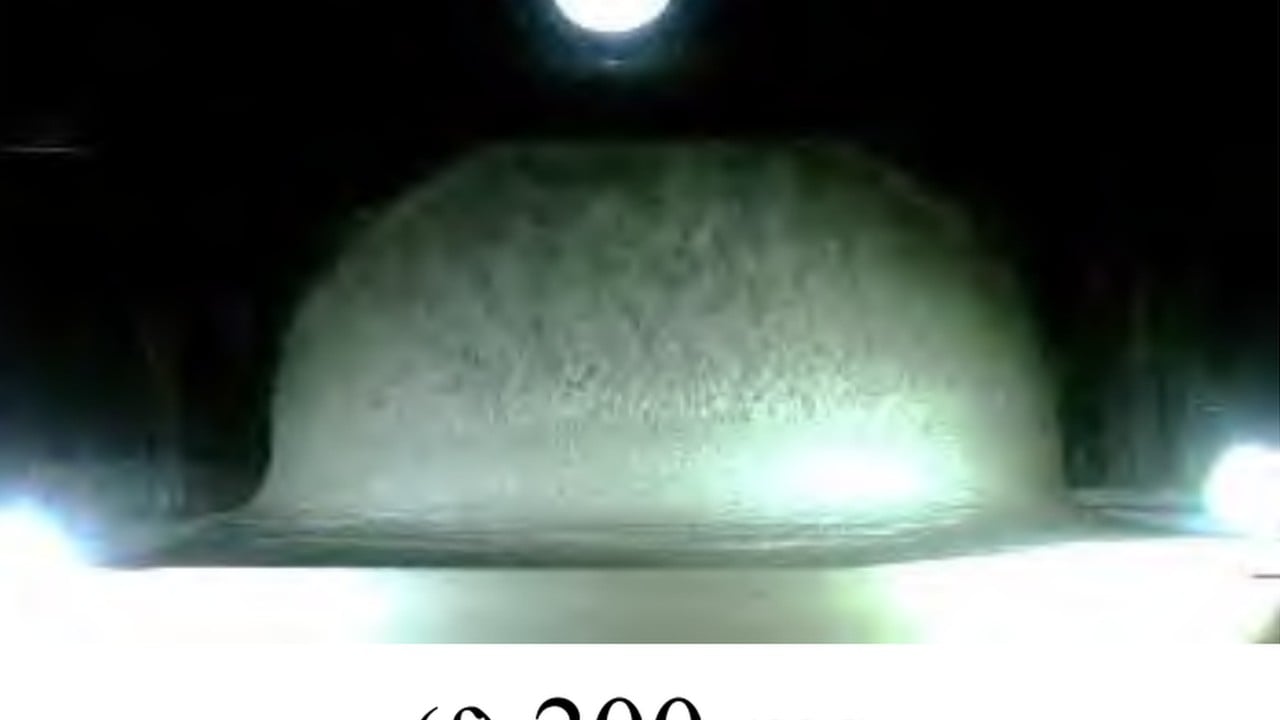The US military launched a covert strike on Iranian nuclear facilities in June, dropping several massive bunker-busting bombs on a single target. While US officials claimed the sites were completely destroyed, some reports suggested the core of these facilities might have survived.
Advertisement
This scenario underscores a persistent challenge in modern warfare: even the most powerful conventional weapons may fail to eliminate deeply buried, hardened underground targets.
But what if nuclear weapons were used instead – not just one, but a coordinated sequence of multiple warheads striking the same location in rapid succession?
A new study by Chinese scientists, published on September 10, in the peer-reviewed journal Explosion and Shock Waves, suggests the Chinese military has taken a major step towards answering the question with cutting-edge experimental technology.

The research, led by Xu Xiaohui, an associate professor with the Army Engineering University of the People’s Liberation Army (PLA) in Nanjing, details the development of the world’s first laboratory system capable of simulating the effects of multi-point, high-yield nuclear explosions deep underground – specifically, the impact of three nuclear warheads detonating in close succession at the same target.
Advertisement

